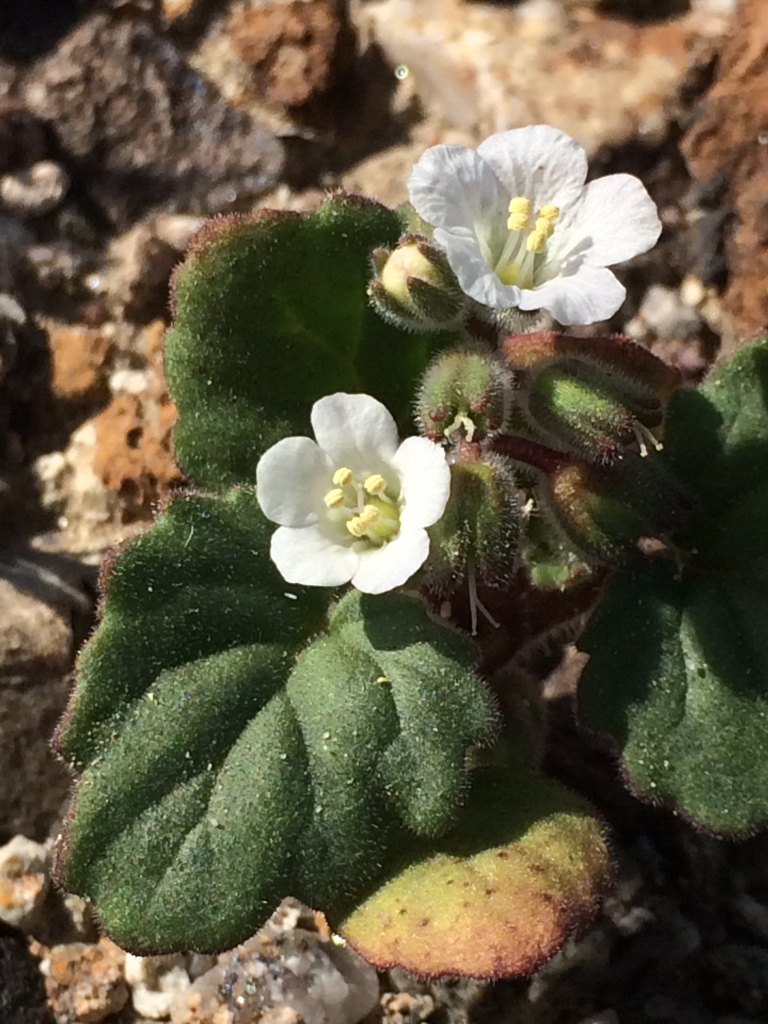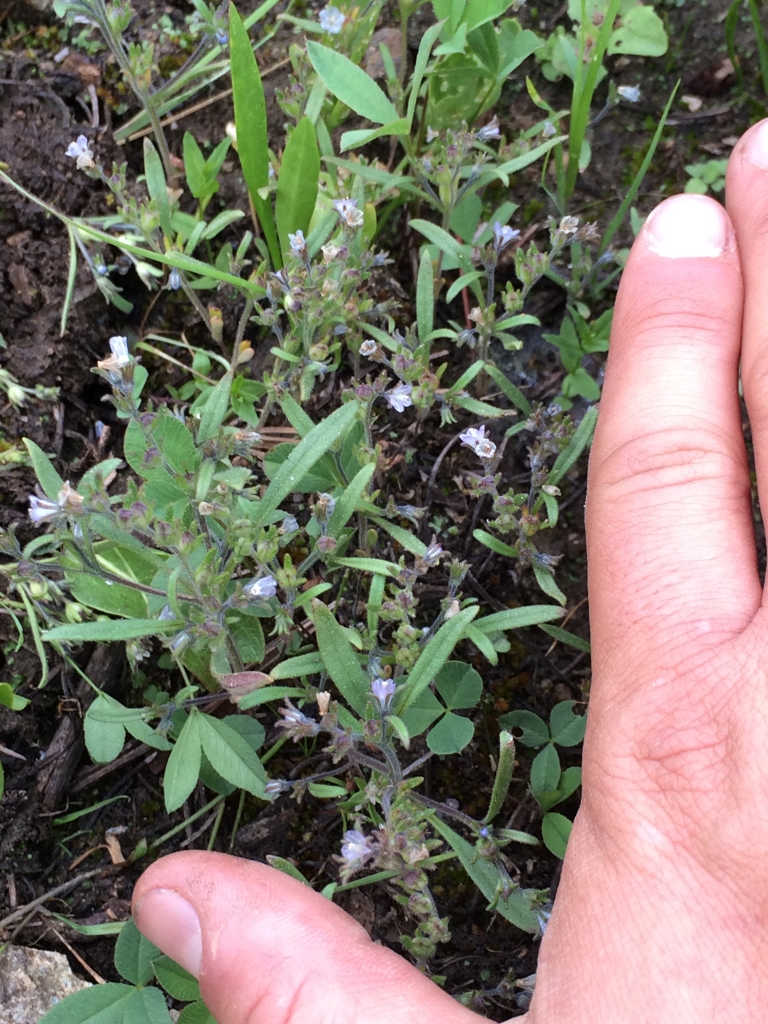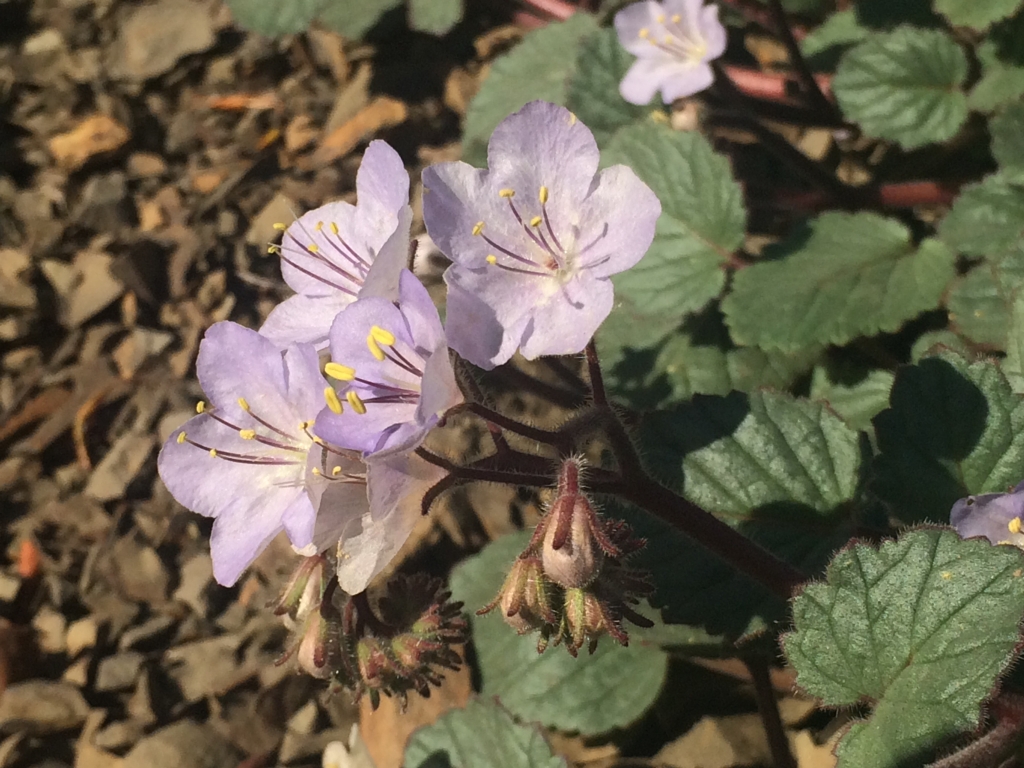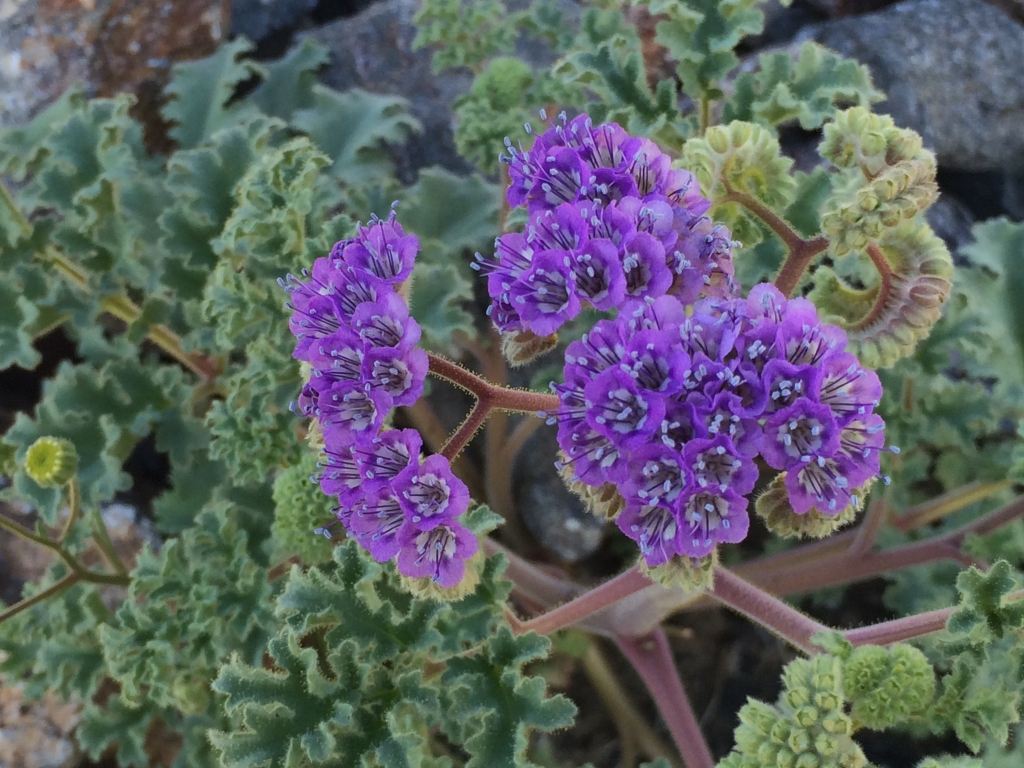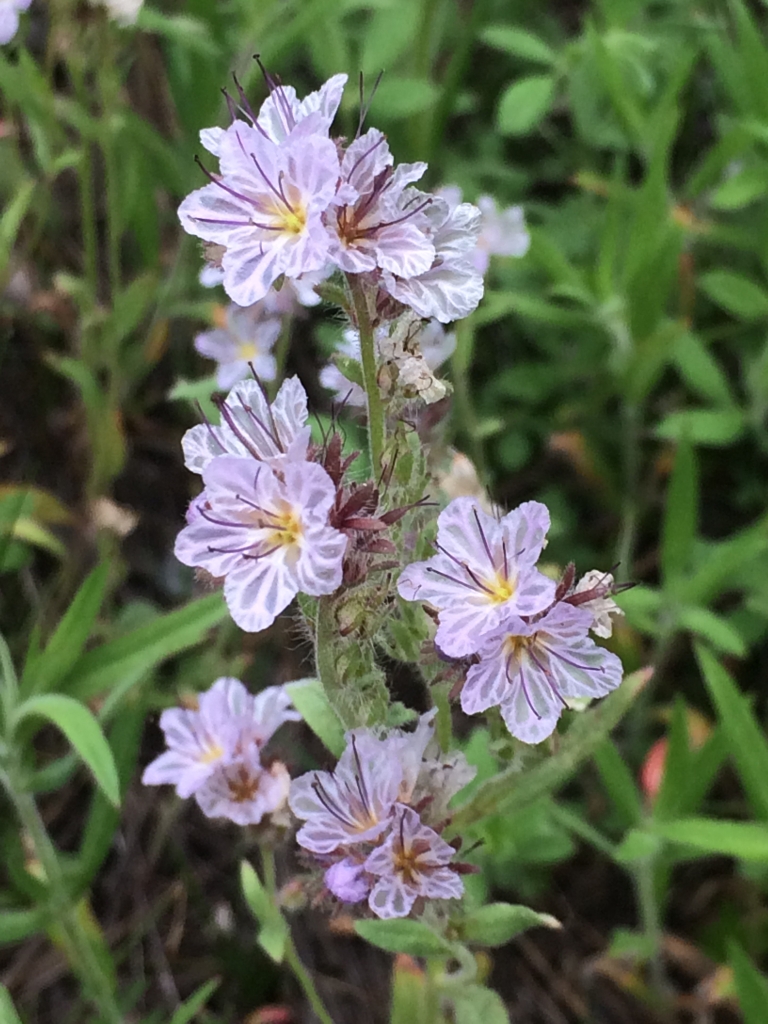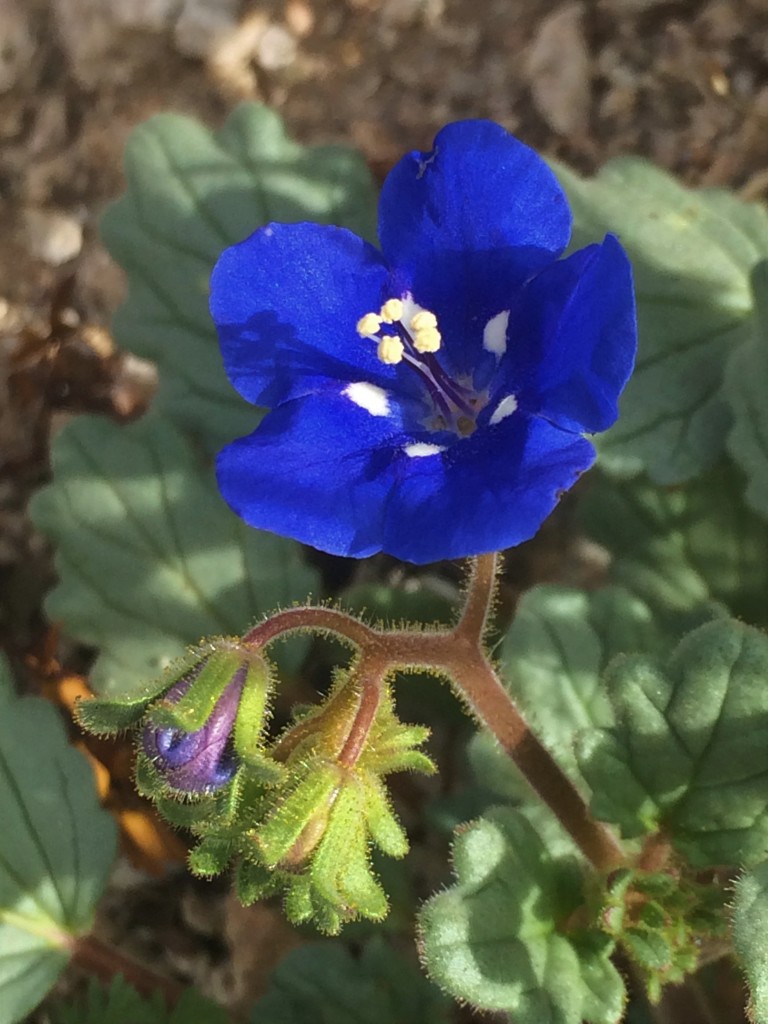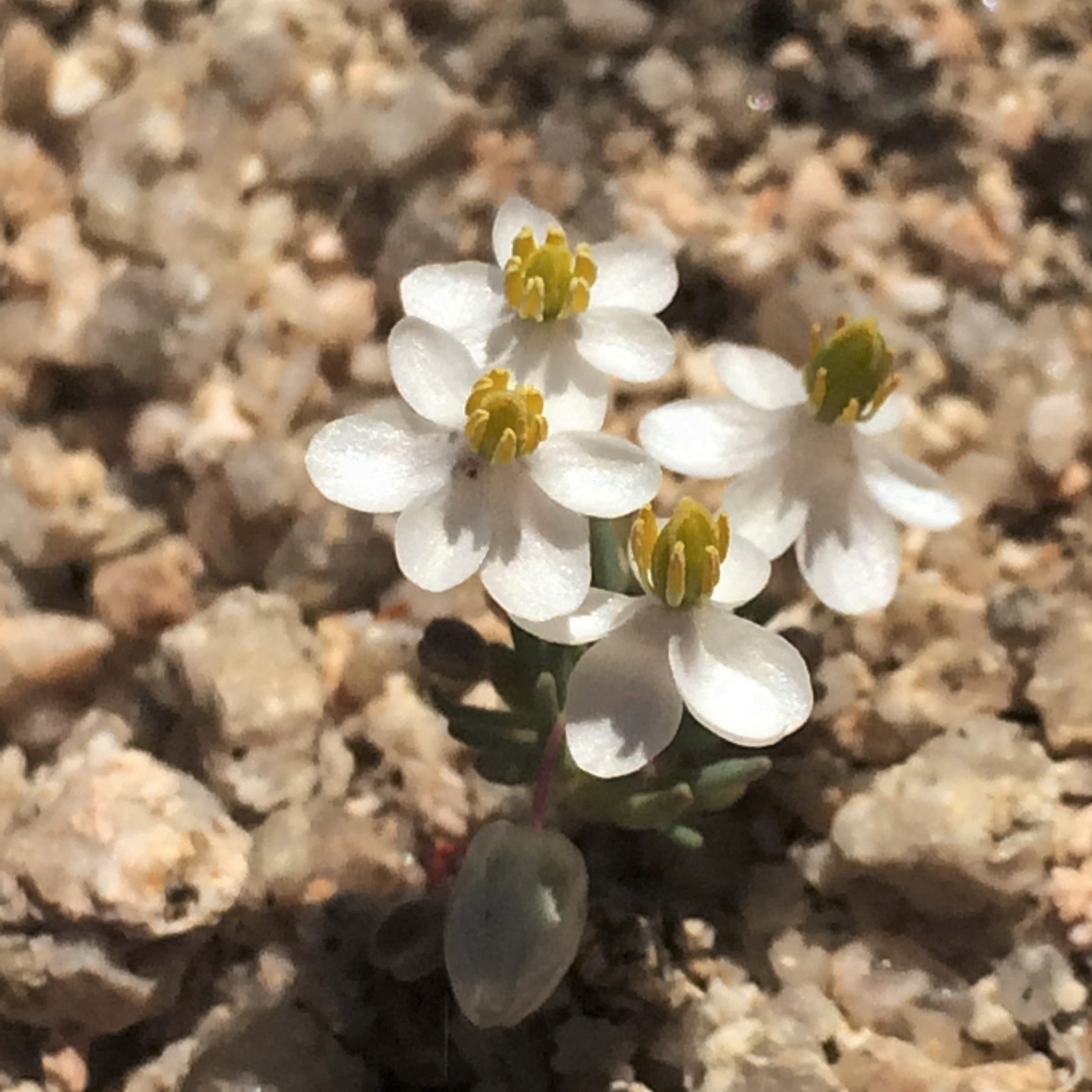My last couple blog entries have been about very “Californian” taxa, with their centers of diversity in the Golden State. With over 2500 species spread across all 6 of the continents worth botanizing, Astragalus is much more cosmopolitan. Still, California has its fair share, with nearly 100 species (and many more varities). I’ve collected photos of 18.
Astragalus is in the Fabaceae, or pea, family, which is one of the most easily recognizable. Flowers (at least in the subfamily Paplionoidae) have a characteristic bilateral shape, with a large banner petal on the top, two wing petals off to the sides, and two bottom petals fused into a shape resembling the keel of a boat. This close up of Astragalus purshii, a common mountain species shows the flowers well.
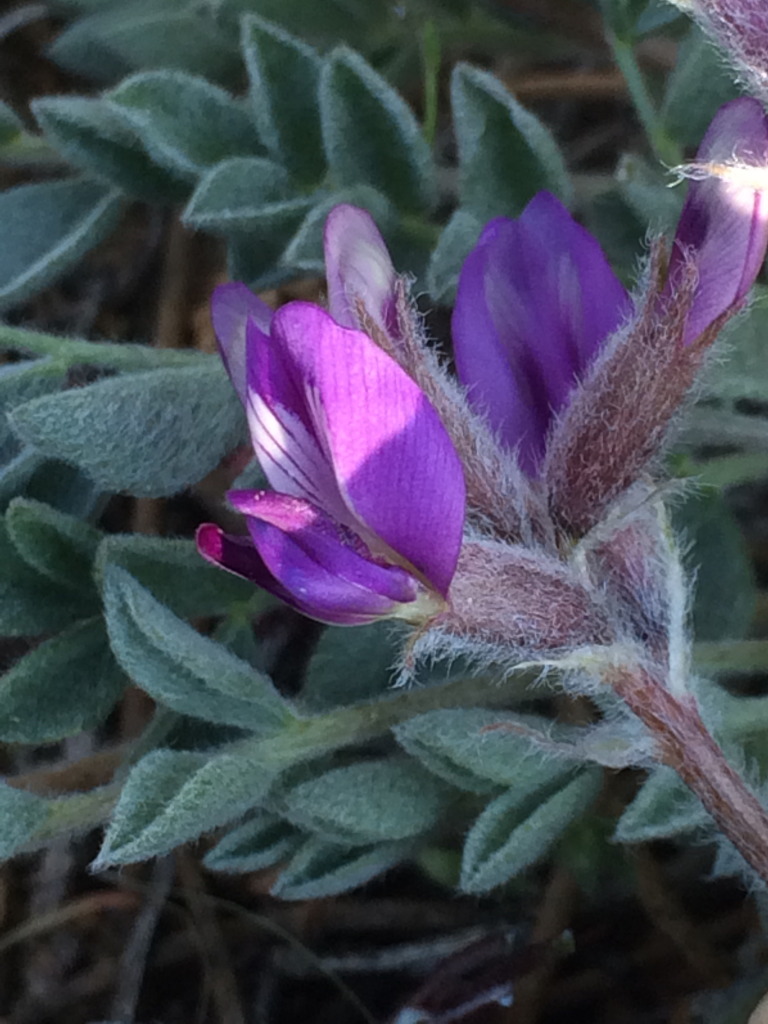
Fabaceae is even more recognizable by their pod-shaped fruits called legumes. In many members of Astragalus, these pods are inflated into fun, pop-able pouches. Here they are in Astragalus lentiginosus–in this species, they also happen to be freckled

Finally, this family tends to have compound leaves–in the case of Astragalus they are pinnately compound with leaflets arranged across from each other along a central axis. Look in the background of this lovely Astragalus lanyeae from the Mohave desert.

You can refer to plants in this genus by two different common names. The first, milkvetch, works for all species. But a number of species such as the A. lentiginosus shown above and this Astragalus nuttallii from coastal bluffs in along the central coast, produce a toxic compound called swainsonine.

This compound apparently tastes fine to livestock who will preferentially munch on Astragalus plants. If animals eat to much of it, it causes vacuolation and subsequent destruction of neurons. The resulting abnormal behaviors of poisoned livestock were noticed by ranchers in the 1800’s. They dubbed the plants “locoweed”. Unfortunately for the plant, knowledgeable ranchers will remove Astragalus from their pastures threatening the survival of some of the rarer grassland species.
Most Astragalus (and actually Fabacaeous plants in general) are bee pollinated. The stigma and stamens are enclosed in the keel. When a bee lands on the flower, its weight pushes the keel downward exposing the reproductive parts and allowing for pollination. Butterflies and flies just aren’t heavy enough to trip the keel. Here’s Bombus vosnesenskii pollinating Astragalus oxyphysus, one of the aforementioned threatened locoweeds from San Joaquin valley
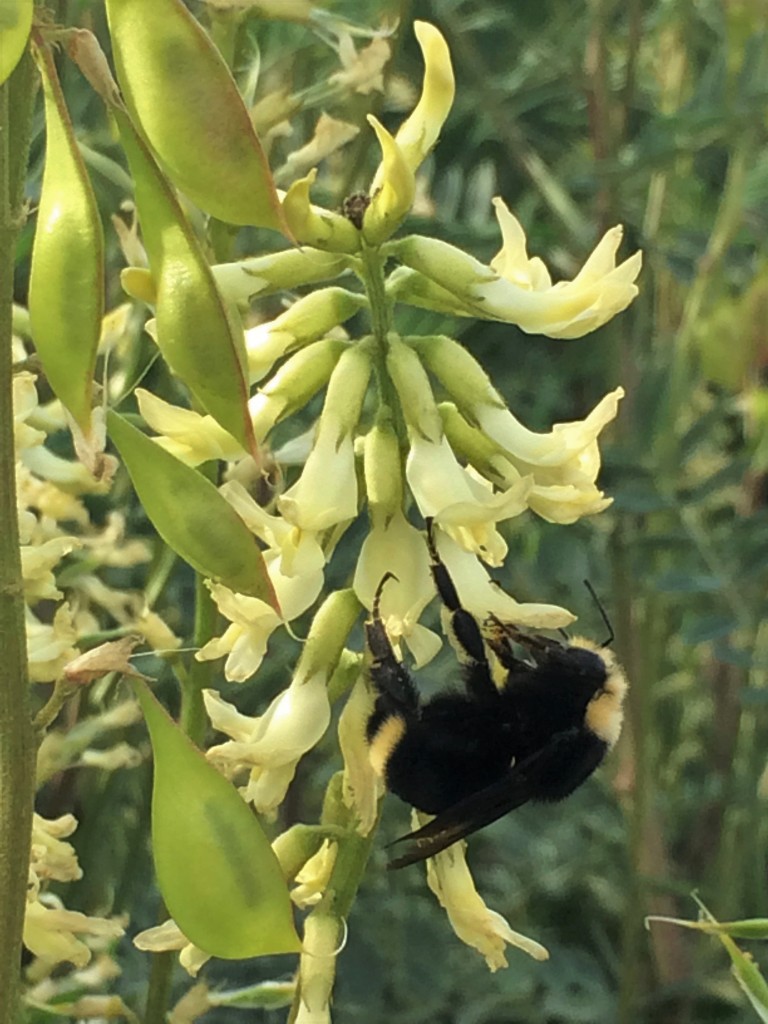
The glorious exception to bee pollination in the genus is Astragalus coccineus, found in pinyon pine woodlands in desert mountains. This species makes use of hummingbirds that presumably press down the keel with their chin.

Even more than most taxa in California, Astragalus is a genus of extreme endemism. Many, many species are restricted to a very specific habitat in a very specific area. Even more widely distributed species, such as the A. lentiginosus and A. purshii are further subdivided geographically into varieties. Wherever you are, there’s likely a rare Astragalus near you. Here are just four of my favorite rare Astragalus:
Astragalus tener, a cute little annual specializing on vernal pools in the Bay delta.

Astragalus pycnostachyus, a stout perennial found in a few coastal saltmarshes in San Mateo, Marin, and Humboldt counties (unlike the east coast, there’s just not very much coastal saltmarsh habitat in California, so the few California endemics that specialize in them tend to be very rare).

Astragalus albens, from only the limestone soils of Cushenbury Canyon in the San Bernardinos. I love the strigose (short, appressed) hairs on the leaves, stem, and sepals of this one.

And finally Astragalus ertterae, found only in a approximately one square mile area just west of Walker Pass in the very southernmost Sierras (you have to hike down the Pacific Crest Trail to see it).

I highly recommend playing around on Calflora.org to find the rare Astragalus near you!

